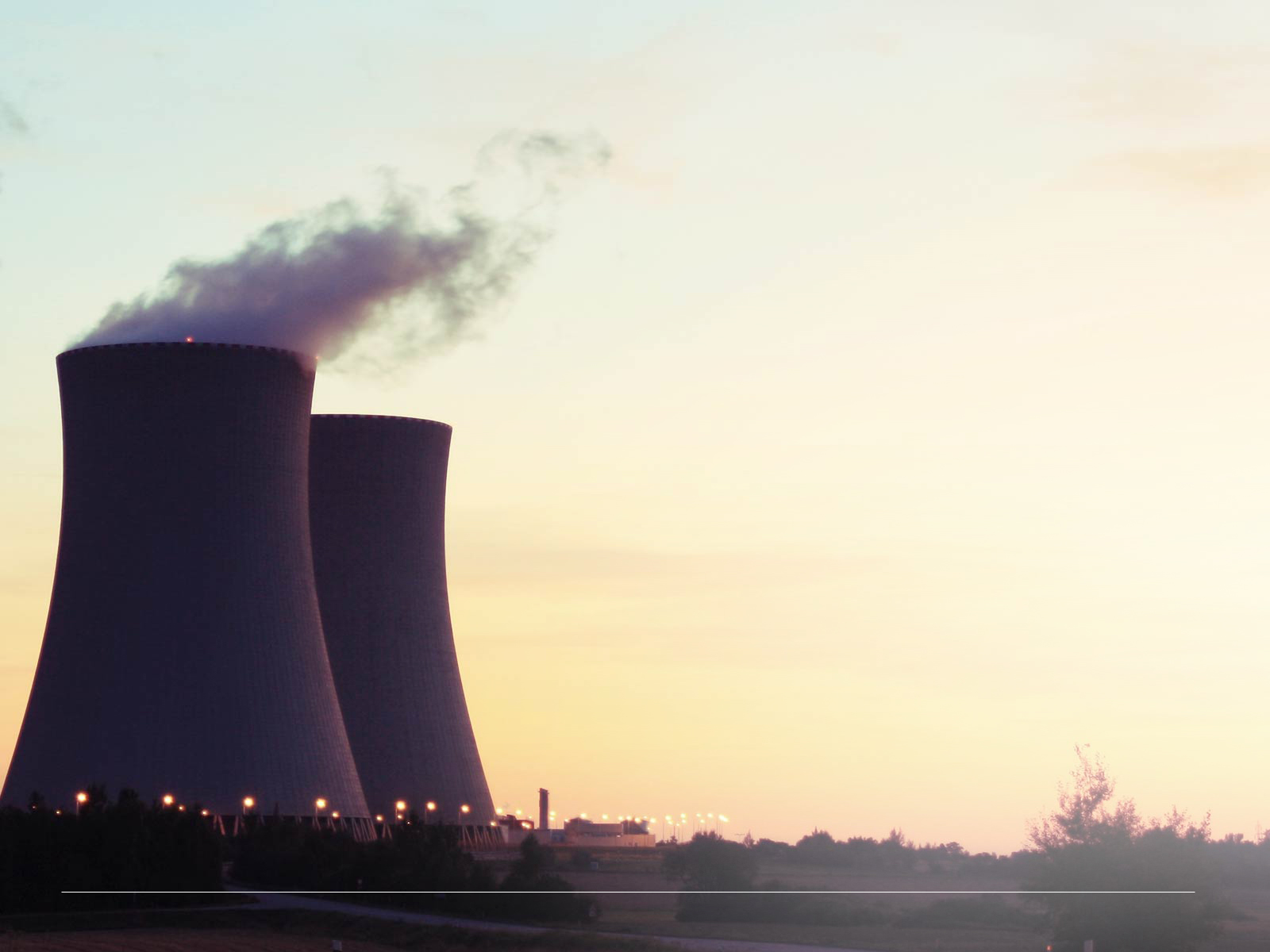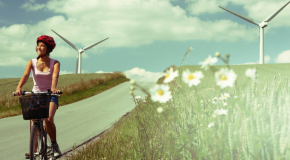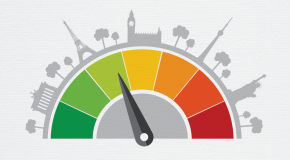Back to the ‘new’ reality …
Only time will tell if we are about to cut back on nuclear power or not; for now it seems that many of us count on it to keep the wheels turning.
Thirty countries in the world use nuclear power; 23 of them are planning to expand. Most of this nuclear growth is based in Japan, China, India and Korea. Of the 72 new plants recently ordered worldwide, 48 are additional plants, the others are replacements. Soon a total of 29 newcomers will operate in China.
Today the nuclear revival seems to be a fact, despite a brief hesitation after the 2011 Fukushima Daiichi accident. The International Atomic Energy Agency (IAEA) projects that the world’s total nuclear power capacity might almost double by 2030 as the world’s hunger for low-emission power is rapidly growing and nuclear is relatively stable and cheap. For many, energy independence comes in as a good reason too.
In the past, nuclear power generation has mainly been found in Europe and North America. This center of gravity is now quickly shifting towards Asia. Beijing plans to increase China’s nuclear capacity by three times from its current capacity within the next 5 years. While other regions hesitatingly wait to see what the future brings, China is actively investing both time and money, making a name for itself as a technological leader in nuclear energy.
Other Asian countries may soon follow the same path; even the unfortunate Japan. For a country that was one of first to operate a nuclear plant in 1966 and is forced to import about 84% of its energy needs, nuclear is key. Today the Japanese government has again chosen to continue with nuclear energy. Restarting 48 dormant reactors, after new regulatory safety clearances have been obtained, is slowly getting under way.
While Japan has little choice because its gas market is captive (with a limited number of competitive suppliers) and expensive, the situation elsewhere is different. In Europe nuclear discussion is sensitive and public perception of nuclear energy is poor. On the regulatory side, the European Institutions are not in the position to make a big fuss, with Austria having signed the Federal Constitutional Act for a nuclear-free Austria. They talk about ‘low carbon energy’, shy away from any integrated approach that includes nuclear and developed three specialized nuclear EU units with an army of 100 nuclear experts, dealing with safety policies and the Non-Proliferation Treaty of 1970 instead.
Some sixty years ago, six wise men in Messina understood that there would be no future in Europe without adding more and cheaper energy; this brought us to the development of Euratom. Today it looks as if Europeans are claiming the reverse. For Samuele Furfari, Professor at the University of Brussels and advisor to the EU DG Energy ”the real problem in Europe is the ever changing environment, the sad public discussions and the unstable legislation. Despite that, the EU recently did allow UK’s new Hinkley Point nuclear power station to be approved and constructed. Maybe things are slowly changing; we will see how this ends up,” Furfari says.
Nuclear technology has progressed enormously over the last 60 years or so; its potential is huge. Experts claim that nuclear power generation has a great future with many companies working on new generation nuclear reactor designs, using fuel more efficiently, with more passive safety features and longer lifetimes of up to 60 or even 80 years (Generation III and III+).
While gigantic steps are being taken to push new safety, safeguards, and security standards forward, the monitoring and management of a nuclear power plant itself comes in as a key issue too, especially when unforeseen circumstances turn up. Francesco Spano, researcher at the European Organization for Nuclear Research (CERN), explains: “When accidents arise, the problem often is the timeline between the moment that irregularity happens and the assessment of how much time the nuclear technicians have to resolve it. The impression the world gets is that plant managers tend to try to deal with the problem on their own and without letting the outside know their fears”, he says.
When it came to relinquishing control of critical assets in cases of emergency, the then privately owned Fukushima owner, TEPCO, did not pass the issue over to government or international watchdogs in time. The newly licensed power plant had already experienced technical problems in the past, but they have always been able to act upon this. At 2:45 pm on March 2011, the Fukushima area was hit by a heavy earthquake (9 on the Richter scale) damaging the electrical system seriously. Reactors automatically shut down. This was followed by a tsunami at 3:57pm, hitting the reactors’ back-up power system. Some 3 hours later, meltdown in reactor 1 was a fact, followed by reactor 3, 40 hours later and reactor 2 a further 77 hours later.
What followed was a total misjudgment of the situation, largely due to the communication of false information and critical time lost during the first hours, days and months after the accident, to act decisively. For Fukushima, the thin balance between transparency, international watchdog monitoring and immediate acceptance of responsibility did not work out. Unfortunately ….
A century ago Winston Churchill recognized that "Safety and certainty lie in variety and variety alone." Could nuclear be the solution for the so called base load generation, continuously producing power we so desperately need? The answer is probably yes. Nuclear plants are -technically spoken- made for that. Nuclear power holds the promise of a brighter future; we just need to deal with it in an ethical and responsible way.
The views and opinions expressed in this article are those of the authors and do not necessarily reflect the views of The Economist Intelligence Unit Limited (EIU) or any other member of The Economist Group. The Economist Group (including the EIU) cannot accept any responsibility or liability for reliance by any person on this article or any of the information, opinions or conclusions set out in the article.




